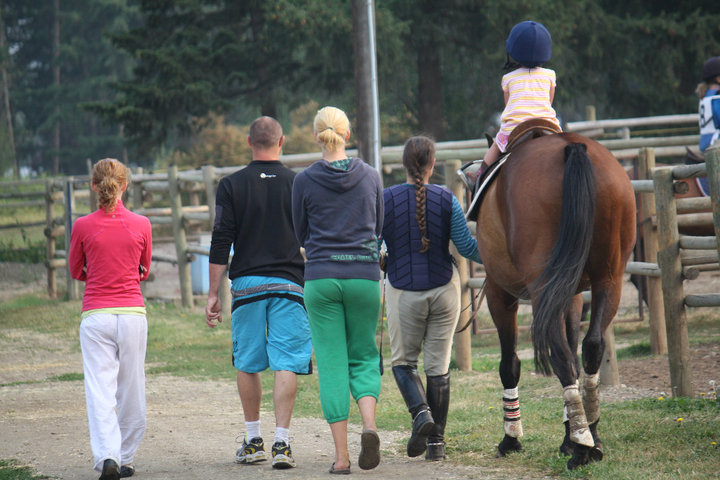Galloping speeds as they may relate to horse falls:
When I rode in my first event in 1962, fifty years ago, the optimum speed at the advanced level was 570 meters per minute. The cross country courses, by and large, were big but basically straightforward and you could get into a flowing rhythm.
Today, cross country courses tend to be much more complex and technical, with more combinations, mor
...
e places to set up, speed up, slow down, much less flowing. And the advanced cross country speed is 570 meter per minute, exactly the same as 50 years ago.
What this does is get riders to chase when they have an opening, to make up for all the "set up places" where they have to throttle down. It`s very tiring for the horse, speed up, slow down, and, with no proof, just gut feeling, I think leads to hooking and flipping, those rotational falls that are the deadly little "secret" of upper level eventing. It needs to be addressed by smart, savvy horsemen.





